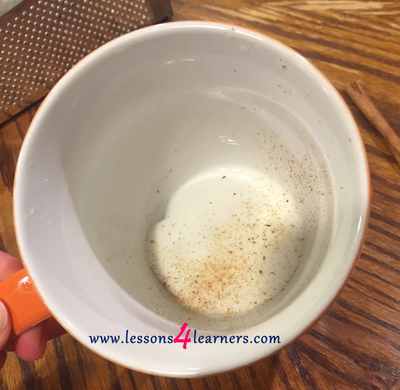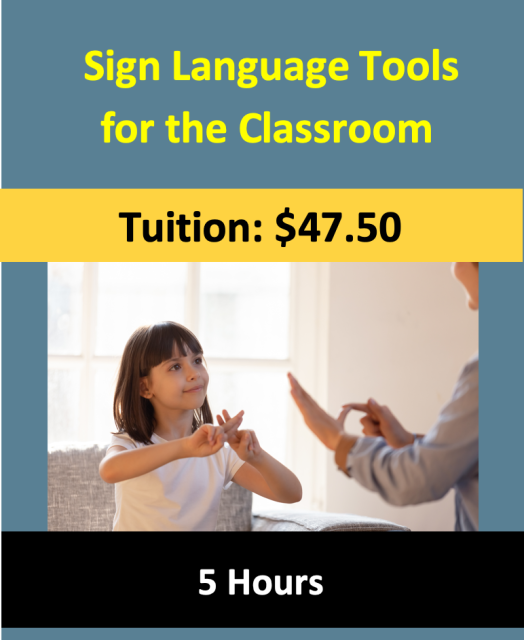Gingerbread Man Slime
Lesson Plan:
|
Activity:
Gingerbread Man Slime
Lesson plan developed by Aurora Tollestrup, BS Ed
Age Group:
* Lesson plan objective and assessment can be adapted to use this activity with school-age children.
Objectives:
Children will:
II.6.3a
|
|
Materials:
Procedure:
Assessment:
|
Click on the course icon for enrollment information.
Language and Literacy Development
Language development begins from birth and continues throughout childhood. One of the most effective methods of language development is in communicating with peers. Children can communicate on similar levels and encourage one another in shared interests and activities. Playdough opens the door to these experiences. When children are gathered around the playdough table they are engaging with one another and developing speaking and listening skills.
“Look at the snake!” one child will exclaim. “Can I use the red playdough?” another will ask. Children will discuss, explain, question, observe and more, all furthering their language development. Discussing colors, shapes and more will give children practice developing vocabulary words and learning language skills through peer interaction. They are conversing and learning about their peers as well as the world around them. Sharing information about their lives is part of interacting with peers. They may make creations from the playdough that mimic their real world. For example several children may create food or objects from a book that was read to them at story time. Children may also create playdough food items after lunch. They are communicating their understanding of their world in these simple and fun ways.
“Look at the snake!” one child will exclaim. “Can I use the red playdough?” another will ask. Children will discuss, explain, question, observe and more, all furthering their language development. Discussing colors, shapes and more will give children practice developing vocabulary words and learning language skills through peer interaction. They are conversing and learning about their peers as well as the world around them. Sharing information about their lives is part of interacting with peers. They may make creations from the playdough that mimic their real world. For example several children may create food or objects from a book that was read to them at story time. Children may also create playdough food items after lunch. They are communicating their understanding of their world in these simple and fun ways.
|
“Look at the snake!” one child will exclaim. “Can I use the red playdough?” another will ask. Children will discuss, explain, question, observe and more, all furthering their language development. Discussing colors, shapes and more will give children practice developing vocabulary words and learning language skills through peer interaction. They are conversing and learning about their peers as well as the world around them. Sharing information about their lives is part of interacting with peers. They may make creations from the playdough that mimic their real world. For example several children may create food or objects from a book that was read to them at story time. Children may also create playdough food items after lunch. They are communicating their understanding of their world in these simple and fun ways.
|
Children will also use language that they are often exposed to during playdough play. Introducing new tools and methods of working the playdough will give them more vocabulary to practice during this play. For example, verbs such as push, roll, flatten, squeeze and more are common to the playdough table for older children and can be introduced to younger ones. Also, the names of tools such as spatula, spreader, whisk, mold, and more can be learned and exercised expanding the child’s vocabulary.
For school-age children, you can combine vocabulary or spelling practice with playdough play by creating simple games. Other options include combining playdough with literacy, STEM, social studies and more. Children can create overlays on maps from playdough to practice geography skills and learn the names of continents and countries. They can also use playdough to extend their literacy work in many different ways.
For school-age children, you can combine vocabulary or spelling practice with playdough play by creating simple games. Other options include combining playdough with literacy, STEM, social studies and more. Children can create overlays on maps from playdough to practice geography skills and learn the names of continents and countries. They can also use playdough to extend their literacy work in many different ways.











